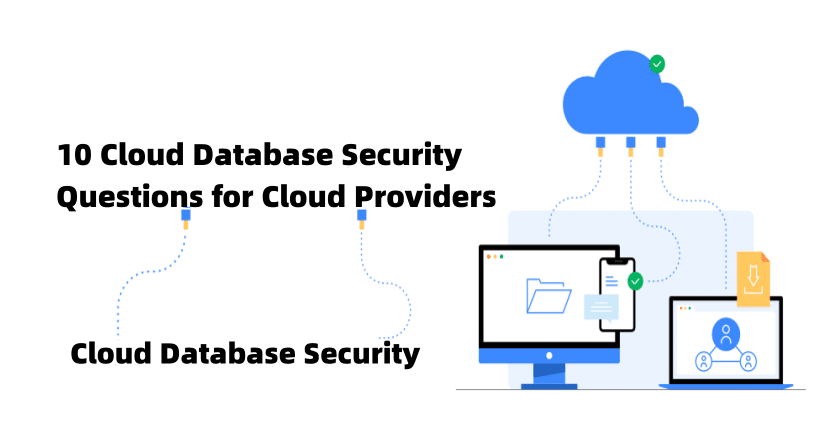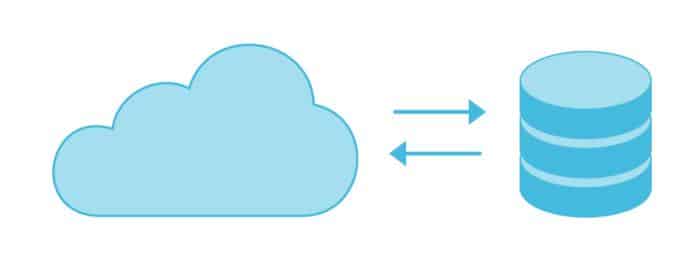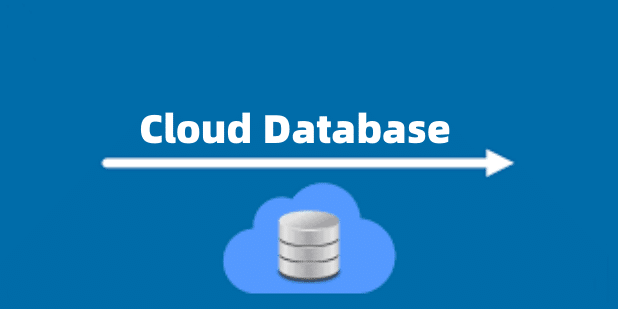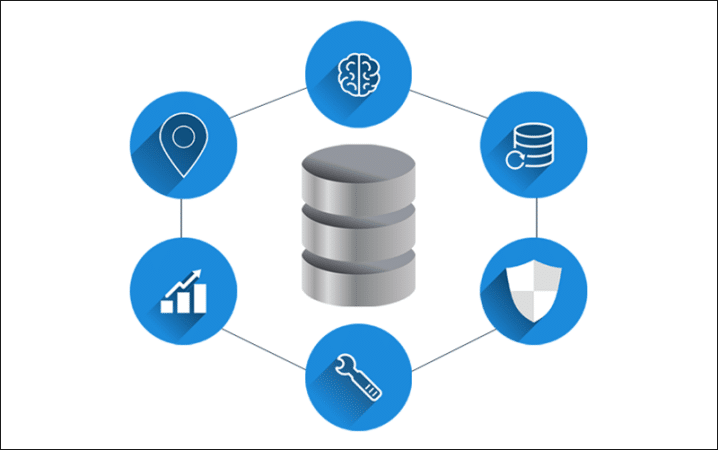Cloud database security is becoming not just a concern but also a need in today’s ever changing digital world. With more and more companies depending on cloud services to store critical data, there is a greater need than ever to maintain strong security protocols. This move to cloud-based solutions draws attention to an increasing reliance that, while providing efficiency and scalability, also introduces new risks and difficulties. Effectively managing these risks guarantees not only the safety of vital data but also the dependability and confidence that customers and stakeholders have in cloud service providers. Therefore, it is crucial to comprehend and put strict security policies into practice in order to securely traverse this complicated environment.Top of Form
10 Cloud Database Security Questions for Cloud Providers

-
Content
- Question 1: What security aspects are your responsibility?
- Question 2: Who has access to my data?
- Question 3: How is data encrypted in the cloud database?
- Question 4: What measures are in place for data backup and recovery?
- Question 5: How do you monitor and detect unauthorized access?
- Question 6: What measures are in place for network security?
- Question 7: How do you ensure compliance with regulations and standards?
- Question 8: What is the process for handling security incidents?
- Question 9: How do you ensure data privacy and confidentiality?
- Question 10: What security certifications do you hold?
- Conclusion
-
Content
- Question 1: What security aspects are your responsibility?
- Question 2: Who has access to my data?
- Question 3: How is data encrypted in the cloud database?
- Question 4: What measures are in place for data backup and recovery?
- Question 5: How do you monitor and detect unauthorized access?
- Question 6: What measures are in place for network security?
- Question 7: How do you ensure compliance with regulations and standards?
- Question 8: What is the process for handling security incidents?
- Question 9: How do you ensure data privacy and confidentiality?
- Question 10: What security certifications do you hold?
- Conclusion
Question 1: What security aspects are your responsibility?
Answer: Knowing who is responsible for what security when using cloud services is important for customers and providers alike. Generally, cloud service providers are in charge of safeguarding the cloud infrastructure that powers all of the services they provide. This covers networking, hardware, software, and infrastructure. Clients are responsible for overseeing the security of their own data and apps, however. By allowing customers to tailor their security settings to meet their unique requirements, this shared responsibility approach guarantees that, even as the provider safeguards the service’s core, clients may create a thorough framework for cloud database security.
Question 2: Who has access to my data?
Answer: To maintain cloud database security, access to data is strictly regulated in cloud settings. Access is usually restricted to a small subset of employees of the cloud provider, typically those who are in charge of overseeing and maintaining the infrastructure. These people are subject to stringent confidentiality agreements and extensive security checks. By setting up their own access controls to govern who inside their company may see or modify the data, clients also play a crucial part. By ensuring that data is only available to authorized individuals, this dual-layer strategy greatly lowers the possibility of unauthorized access or breaches.
Question 3: How is data encrypted in the cloud database?
Answer: A key component of cloud database security is encryption, which acts as a first line of defence to safeguard data both in transit and at rest. To protect data, the majority of cloud companies use strong encryption algorithms like AES (Advanced Encryption Standard) with 256-bit keys. As data enters the cloud database, encryption takes place automatically to make sure that it is completely hidden from prying eyes. An extra degree of security and confidence may be obtained by using network forensic tools to help check the integrity of the encryption techniques.
Question 4: What measures are in place for data backup and recovery?
Answer: Ensuring comprehensive data backup and recovery is pivotal for cloud database security. Cloud providers typically offer a multi-faceted approach to data resilience. This includes regular snapshots and backups that are geographically distributed across multiple secure locations to guard against data loss due to physical disasters or system failures. Recovery processes are rigorously tested and often include point-in-time recovery capabilities, allowing clients to restore their data to a specific moment before a breach or loss occurred.
Moreover, addressing cloud database security issues involves the implementation of redundant storage systems. These systems are designed to maintain data availability and integrity, even during unexpected disruptions. Cloud providers also deploy continuous monitoring systems to detect potential threats or failures early, ensuring that recovery procedures can be initiated promptly to minimize data downtime and loss.
Question 5: How do you monitor and detect unauthorized access?
Answer: Effective monitoring and detection are key components of cloud database security. Cloud providers utilize state-of-the-art digital forensics services to continuously scan for suspicious activities that may indicate unauthorized access. This includes using advanced systems for finding intrusions (IDS) and managing security information and events (SIEM) that look at data and logs in real time. Any strange behaviour sets off alerts, so security teams can quickly act to possible breaches. Regular security checks are also done to improve and tweak detecting methods, which makes cloud settings even safer against people who aren’t supposed to be there.
Question 6: What measures are in place for network security?
Answer: To safeguard against network threats, cloud providers implement comprehensive network security measures. This includes the deployment of firewalls, virtual private networks (VPNs), and intrusion prevention systems (IPS) that actively monitor and control the traffic based on predetermined security rules. Encrypting data transfers also improves database security in cloud computing. This makes sure that no one can read the data being sent between the client and the cloud. Regular security checks and breach tests make the network’s defences even stronger, responding to new threats to keep the security strong.
Question 7: How do you ensure compliance with regulations and standards?
Answer: Cloud database security is not just about protecting data; it’s also about adhering to stringent regulatory standards. Cloud providers ensure compliance through regular audits and certifications against international security standards such as ISO 27001, GDPR, and HIPAA. These certifications demonstrate a provider’s commitment to database security by showing that their practices meet or exceed global security specifications. Moreover, compliance teams are continually updated on regulatory changes to integrate new requirements swiftly and efficiently, ensuring that cloud services remain compliant as new regulations emerge.
Question 8: What is the process for handling security incidents?
Answer: The process for handling security incidents in the realm of cloud database security is critical for maintaining trust and operational integrity. Cloud providers have established detailed incident response plans that outline the steps to be taken immediately after a security breach is detected. This process typically starts with the rapid identification and isolation of the affected systems to prevent further unauthorized access or data leakage.
Following containment, a thorough investigation is conducted to determine the source and impact of the breach. This includes utilizing digital forensic tools to trace back the incident and understand the methods used by the attackers. Insights gained from the investigation guide the recovery efforts, which involve restoring systems and data from secure backups, ensuring minimal downtime and data loss.
Also, companies promise to be open and honest during these situations by quickly telling clients who are affected and working with governmental bodies if needed. Future protection plans are shaped by what we keep learning from past events, and these results are used to teach staff about security all the time. This preventative method not only lessens the effects of current events, but it also makes people more ready for threats that might happen in the future.
Question 9: How do you ensure data privacy and confidentiality?
Answer: Cloud database security is paramount in ensuring data privacy and confidentiality. Cloud providers implement stringent access controls and identity verification mechanisms to restrict data access to authorized personnel only. Data is also segmented to prevent unauthorized cross-access from other clients on the same infrastructure. Additionally, database forensics plays a crucial role in maintaining confidentiality by routinely checking for any unauthorized changes or accesses, ensuring that all data interactions comply with privacy standards. This multi-layered approach guarantees that sensitive information remains protected and confidential at all times.
Question 10: What security certifications do you hold?
Answer: Cloud companies often get several industry-recognized security certifications as a sign of their dedication to cloud database security. ISO 27001 for information security management, SOC 2 for service organisation controls, and PCI DSS for payment card security are examples of common certifications. Providers must follow strict security policies and procedures in order to keep their certifications, which are upheld by regular audits.
Providers may also participate in database analysis techniques as part of their certification processes, ensuring that their security measures are not only compliant but also cutting-edge.
Conclusion
The discussions around cloud database security questions for providers underscore the complexity and critical nature of safeguarding data in the cloud. Key takeaways from these inquiries highlight the necessity for robust encryption, stringent access controls, comprehensive monitoring, and proactive incident response strategies against potential database attacks.
Another important thing to remember when choosing a cloud service is to do your research and evaluate each one carefully. It is very important for businesses to carefully check the security measures, licenses, and compliance standards of any potential companies to make sure they meet their security needs.





